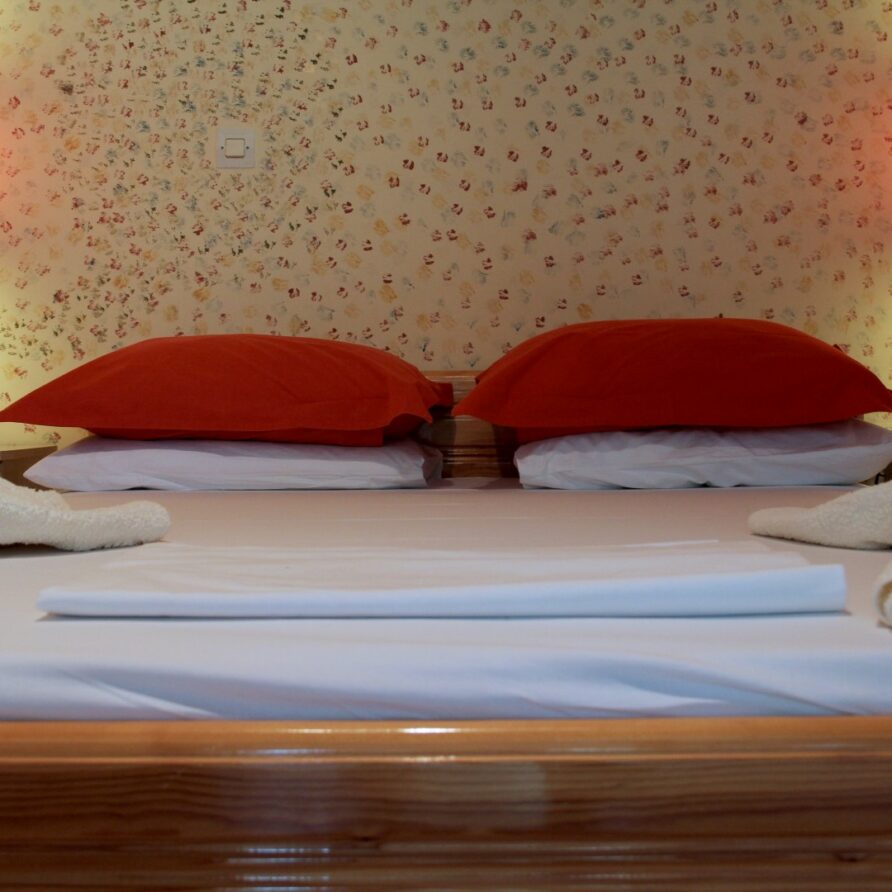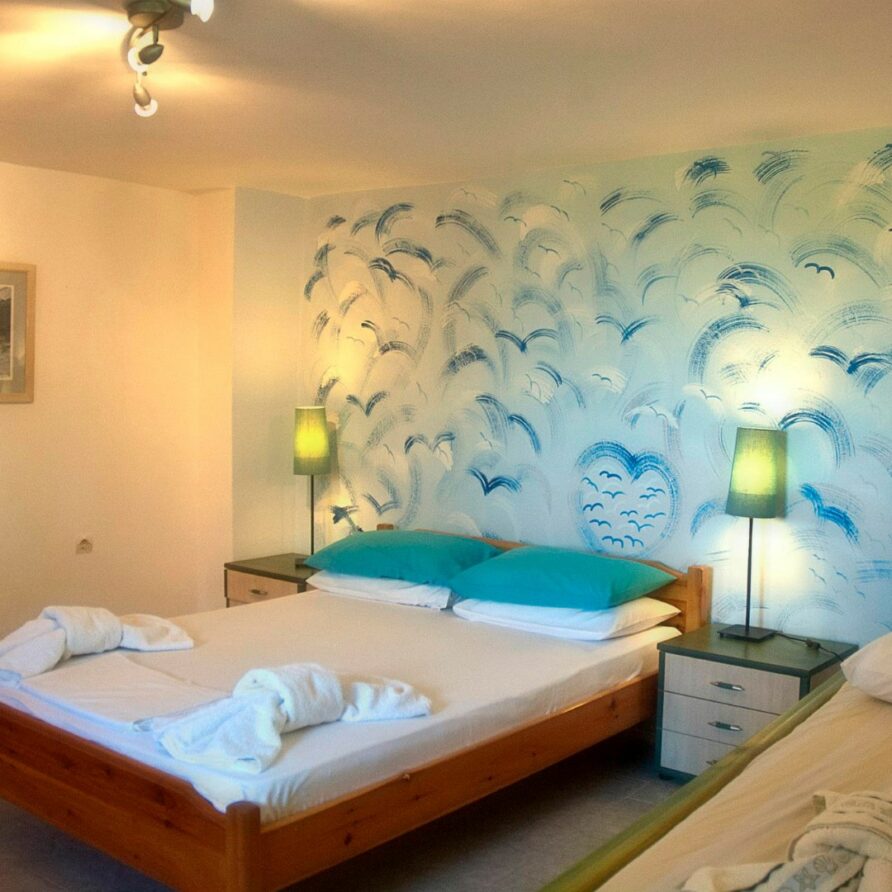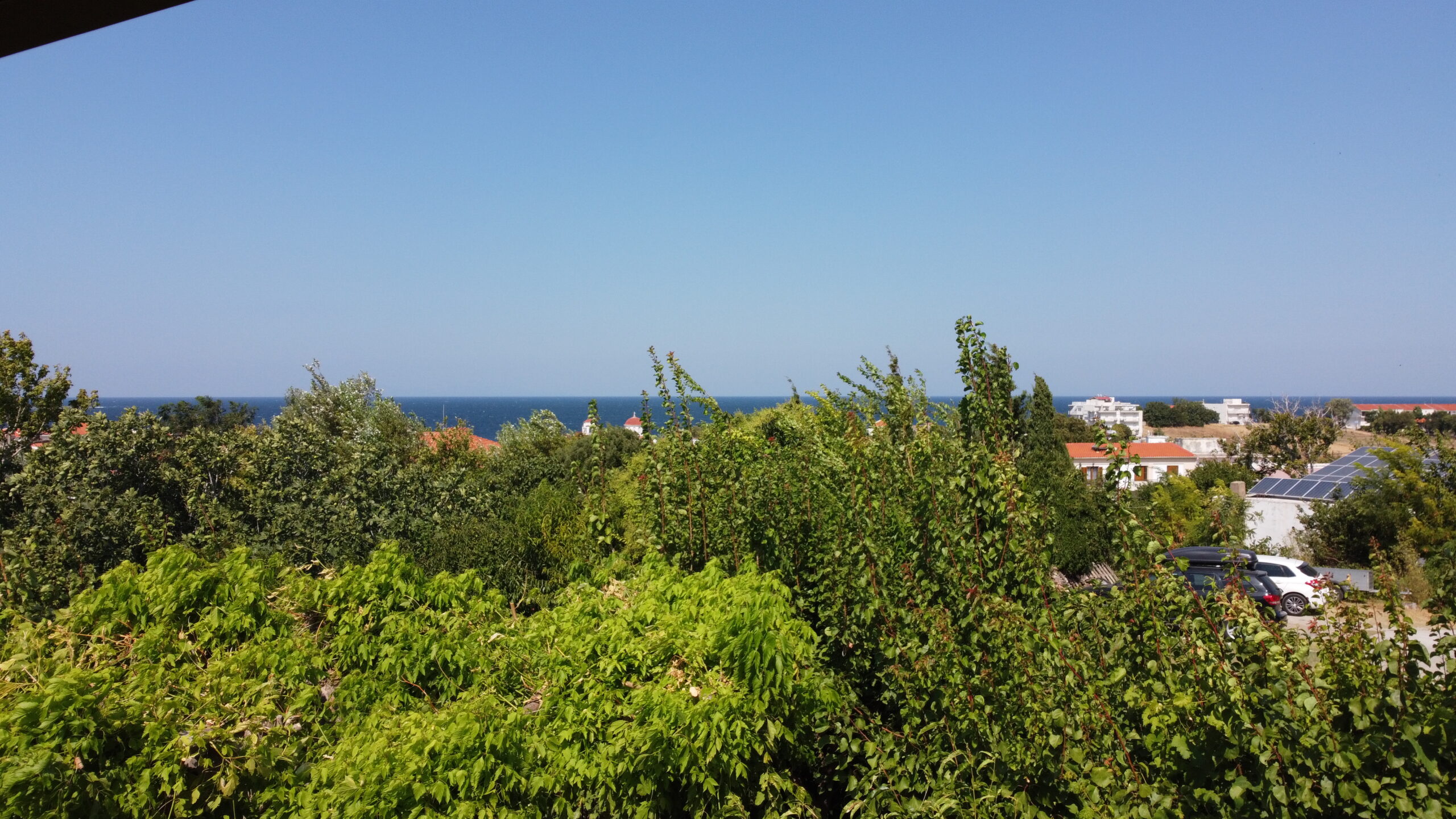
Great place to stay!
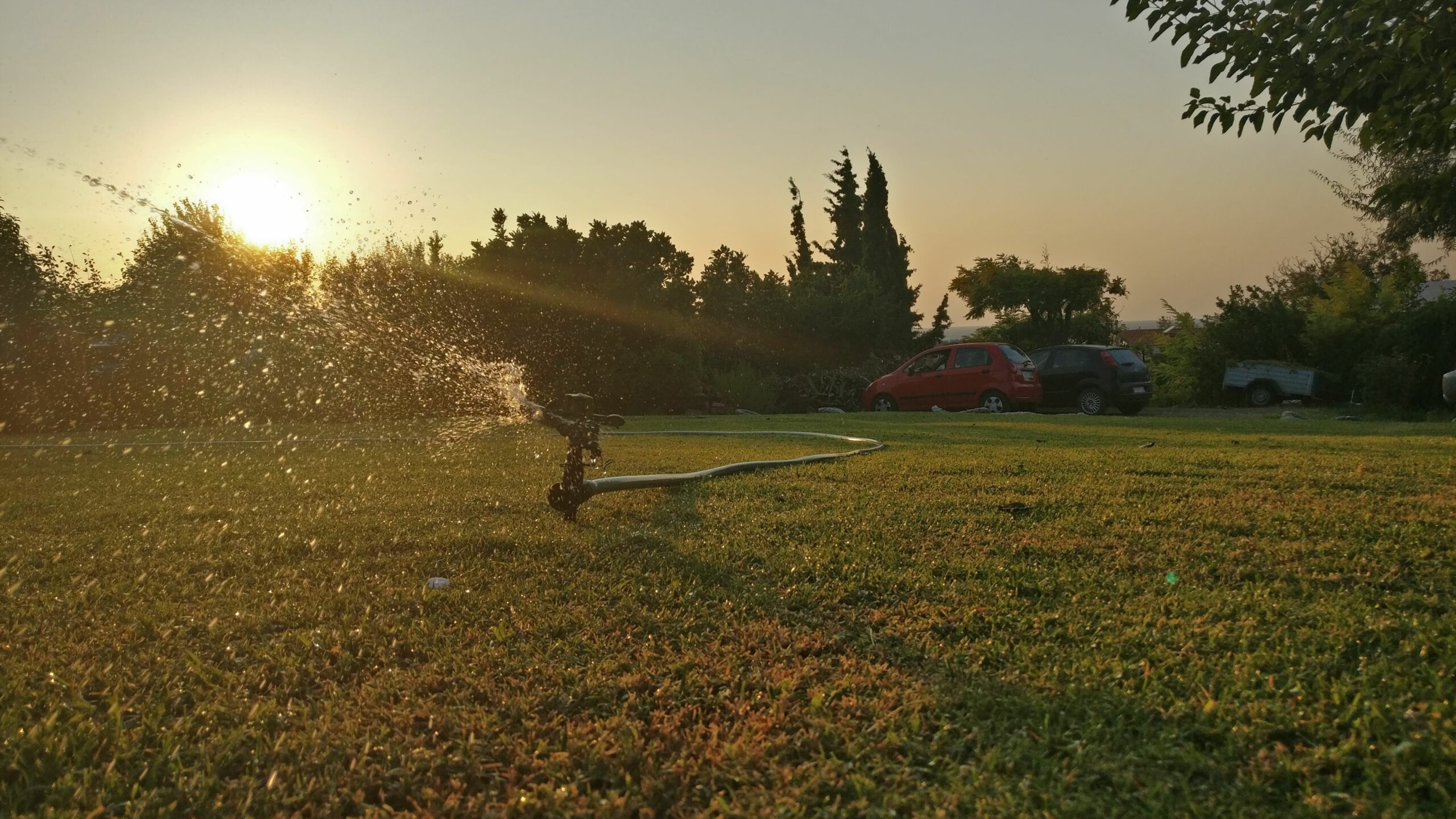
ΑΙΟΛΙΣ
Imagine waking to the gentle murmur of the Thracian Sea, the sun painting the horizon in hues of gold and rose.
Our accommodations offer a tranquil escape, featuring four elegantly appointed double rooms, and a spacious triple room studio, each crafted for your ultimate comfort and relaxation.


Ανάγνωση 29 κριτικών από Samothraki-Vacations
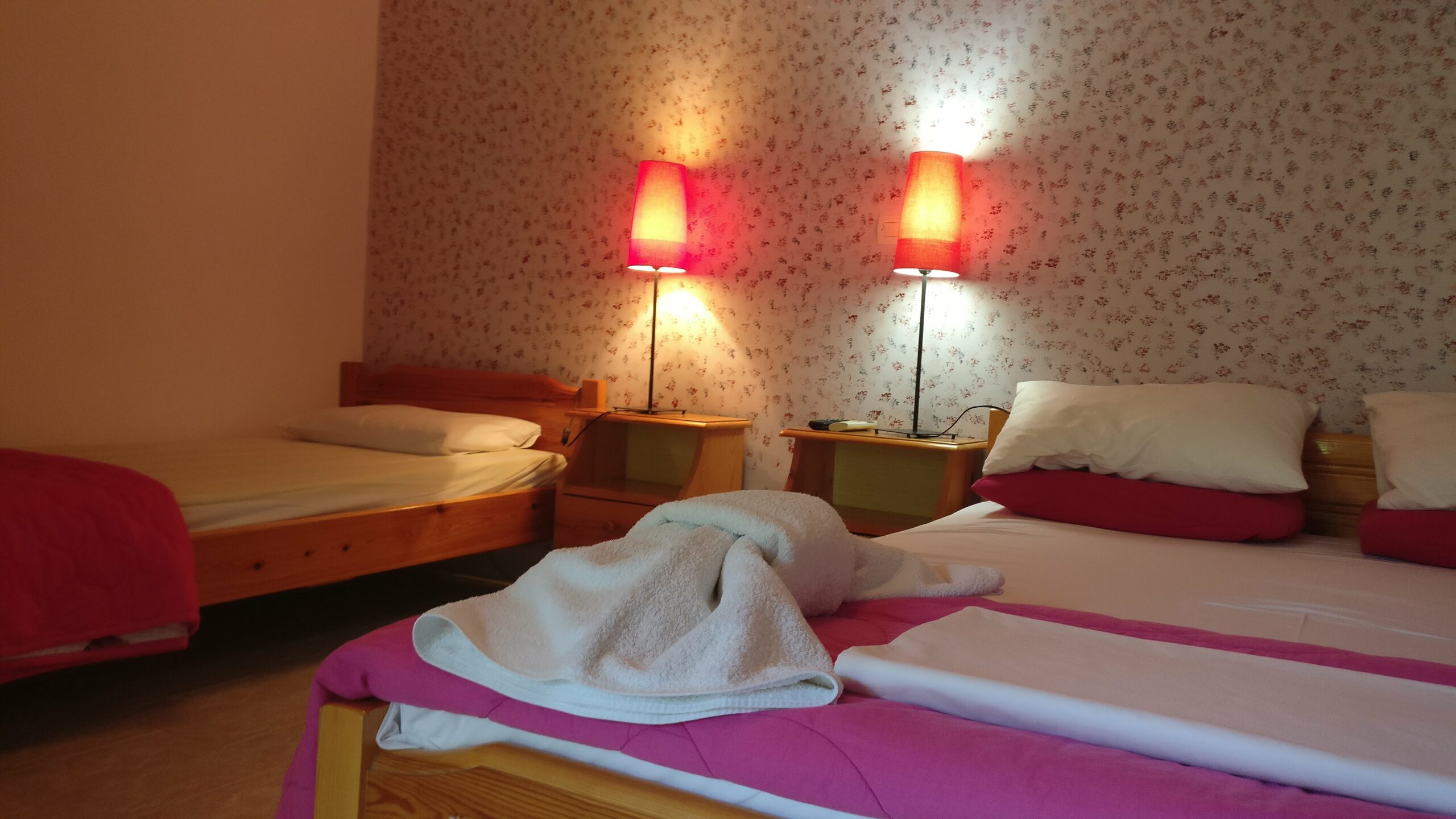
Rooms
Step into rooms where tasteful decor blends seamlessly with the natural beauty outside.
Picture soft, ambient lighting complementing the breathtaking, panoramic garden views, culminating in the spectacle of Samothrace’s unparalleled sunsets.
Each room is a haven, equipped with modern amenities: a pristine WC, a television for winding down, refreshing A/C, and a convenient refrigerator.
For those who enjoy a touch of home, a fully-stocked, multi-purpose kitchenette allows you to prepare light meals or snacks, adding a personalized touch to your stay.
Stay connected with complimentary WiFi, and for any business needs, fax service is available upon request.
Double Room
Prices start at: 60€ per night (+taxes and fees)
Triple Room
Prices start at: 70€ per night (+taxes and fees)
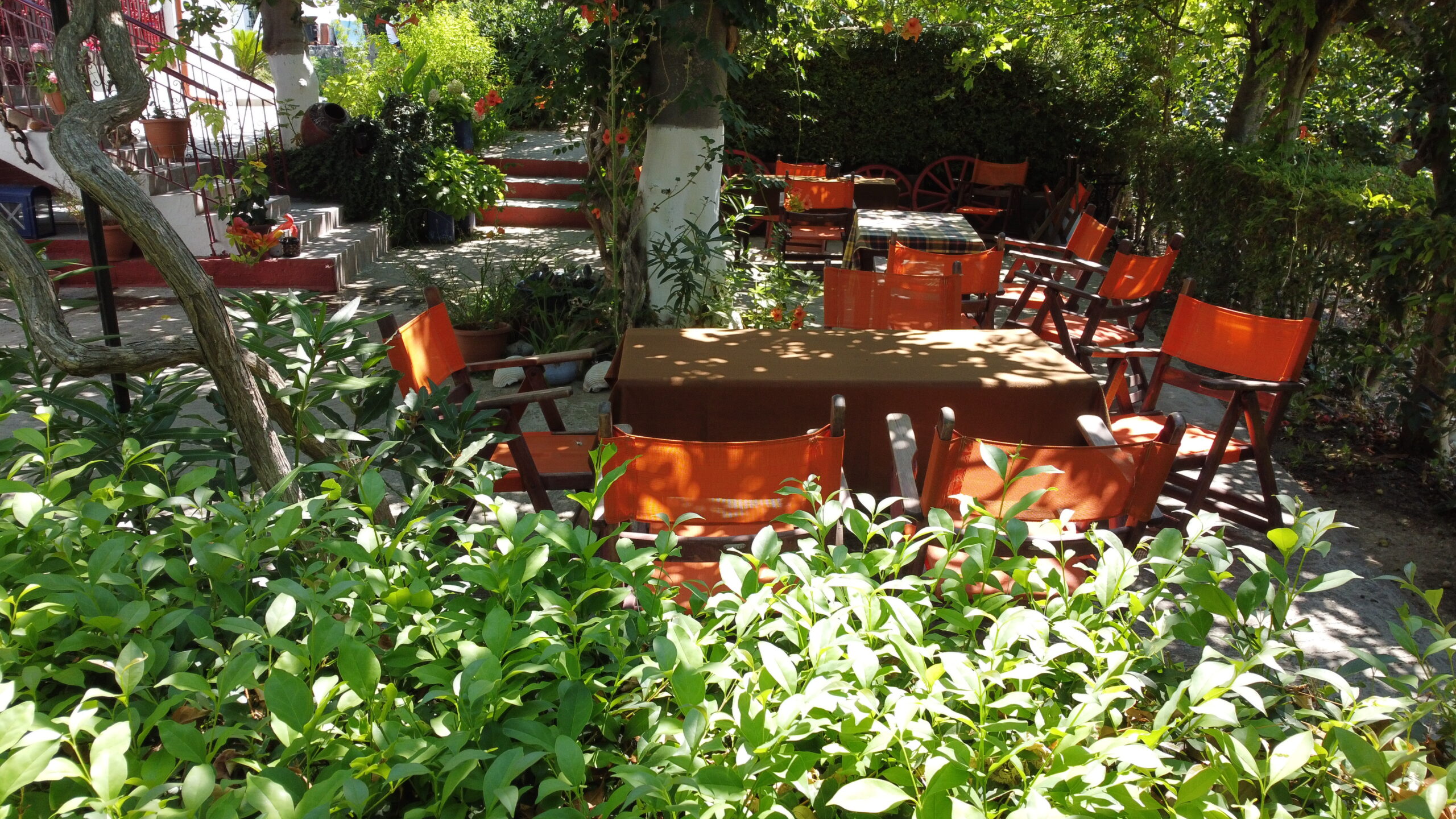
For your Comfort
Our rooms open onto a sprawling two-acre garden, a verdant oasis where children can roam freely, their laughter echoing across the lush lawn and amidst the charming rock gardens.
While they play, indulge in a moment of serenity on the expansive terrace, a cup of freshly brewed coffee in hand, as you soak in the peaceful ambiance.
For those who enjoy outdoor cooking, an inviting BBQ area and traditional wood oven are at your disposal, perfect for creating memorable meals under the starlit sky.
Private parking ensures your peace of mind, allowing you to fully embrace the tranquility of your Samothrace getaway.
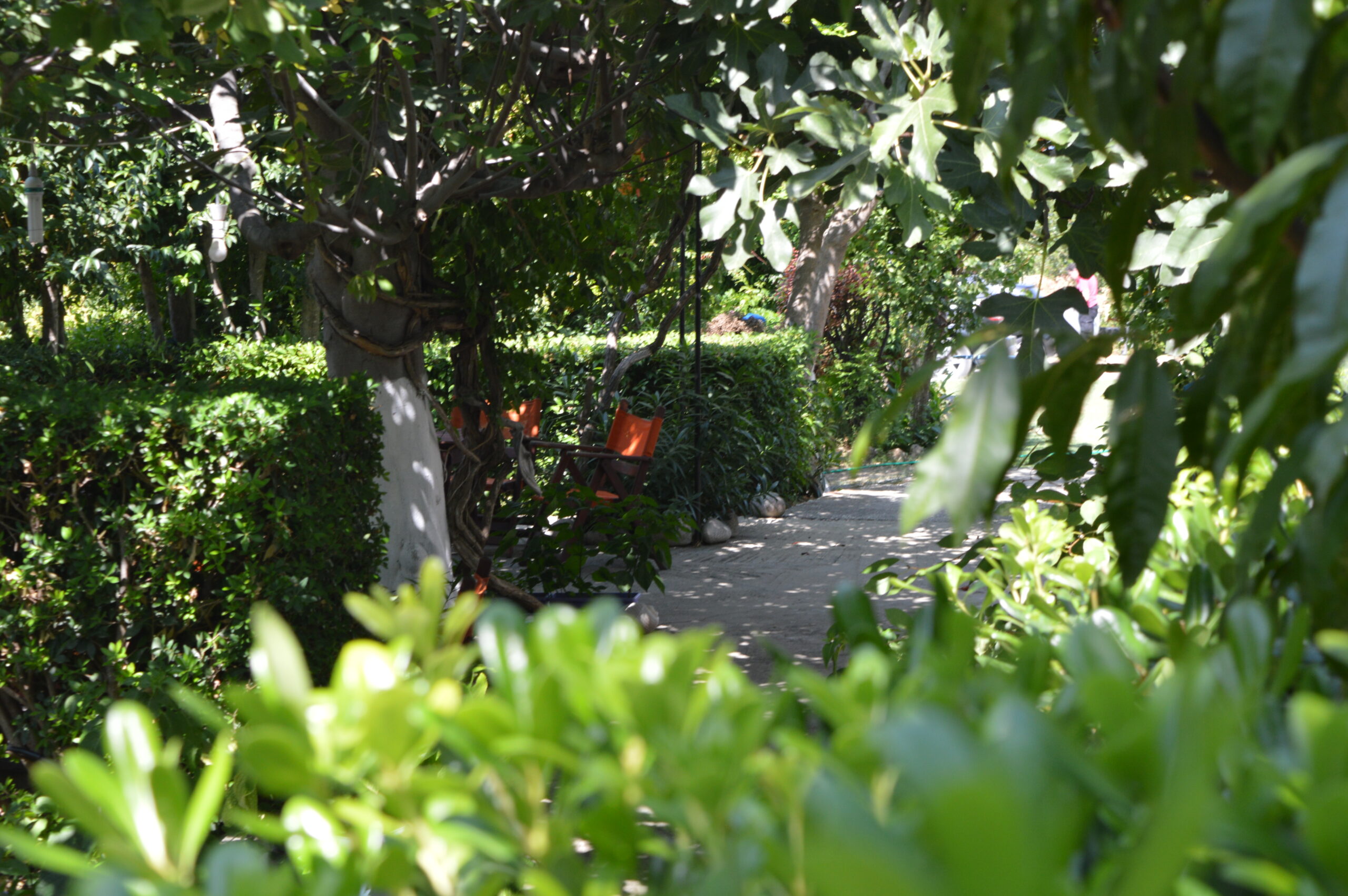
Your Personal Paradise
We are a home for your unforgettable time and best camera pictures!
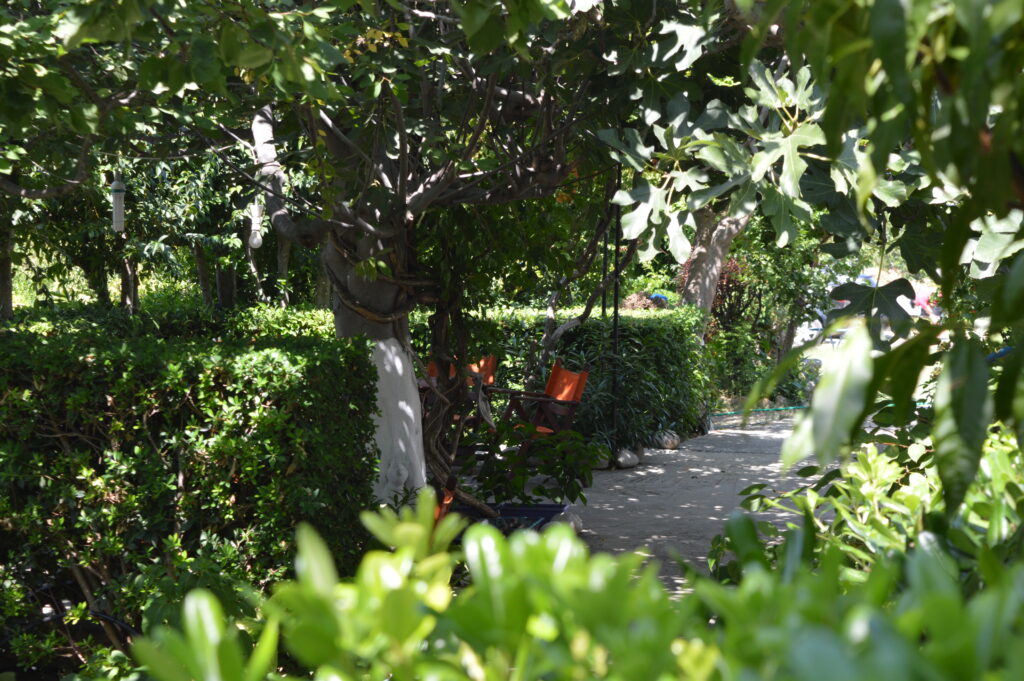
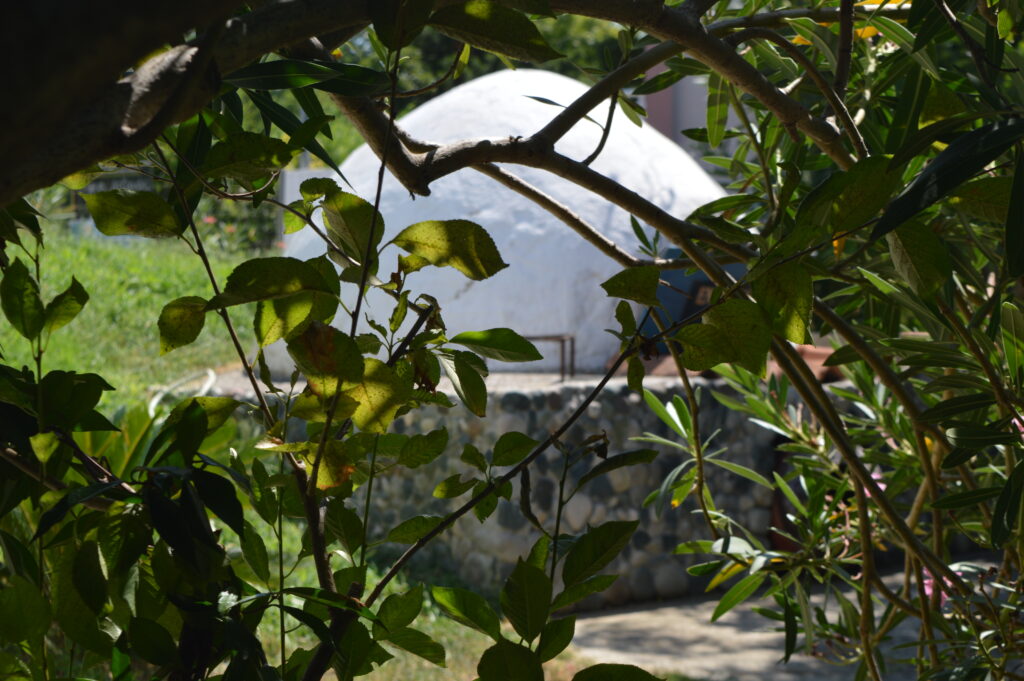
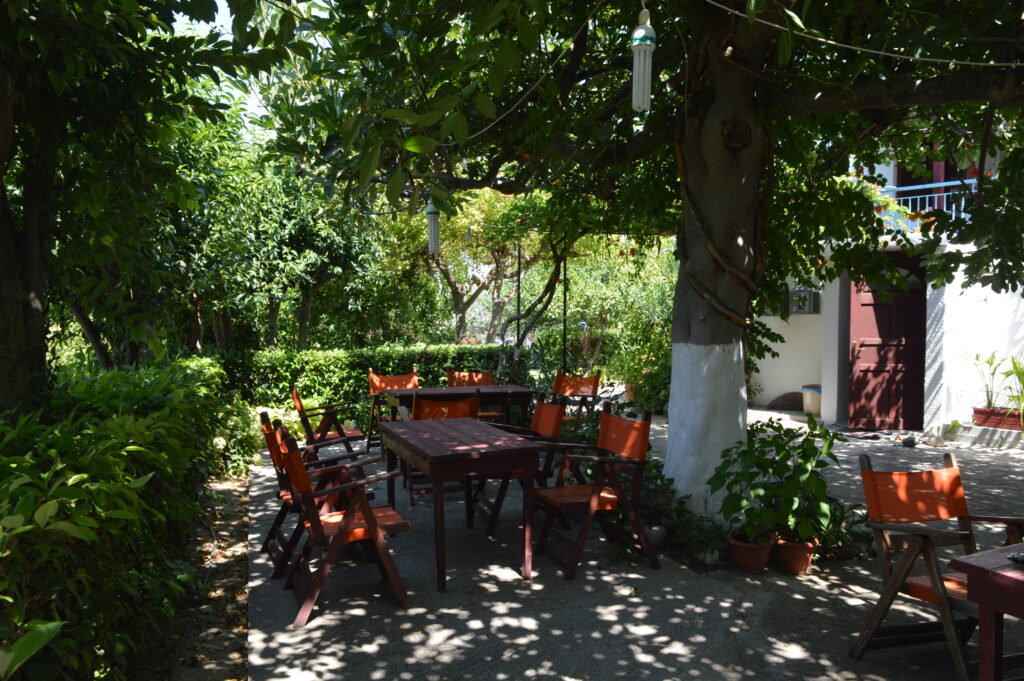
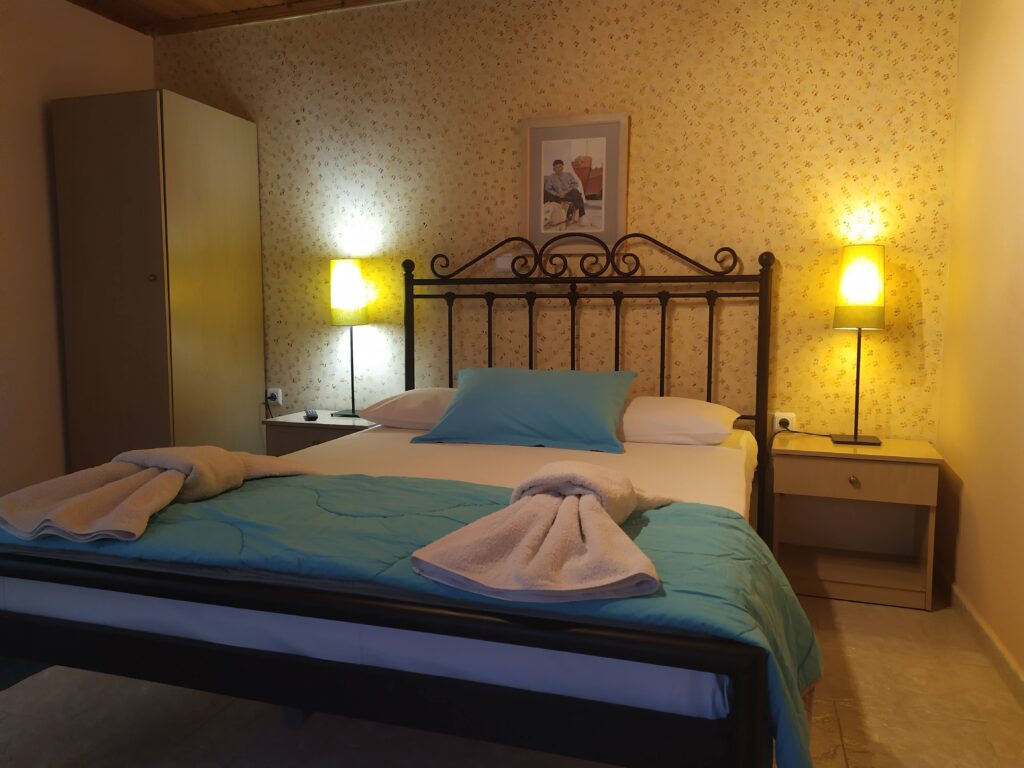
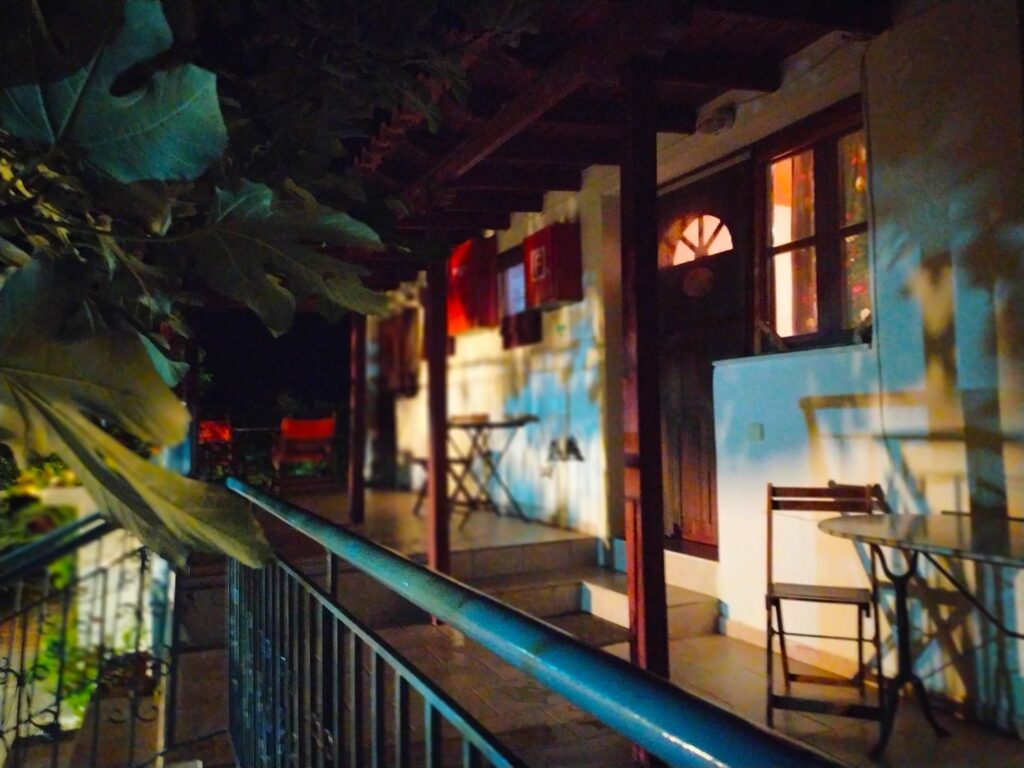
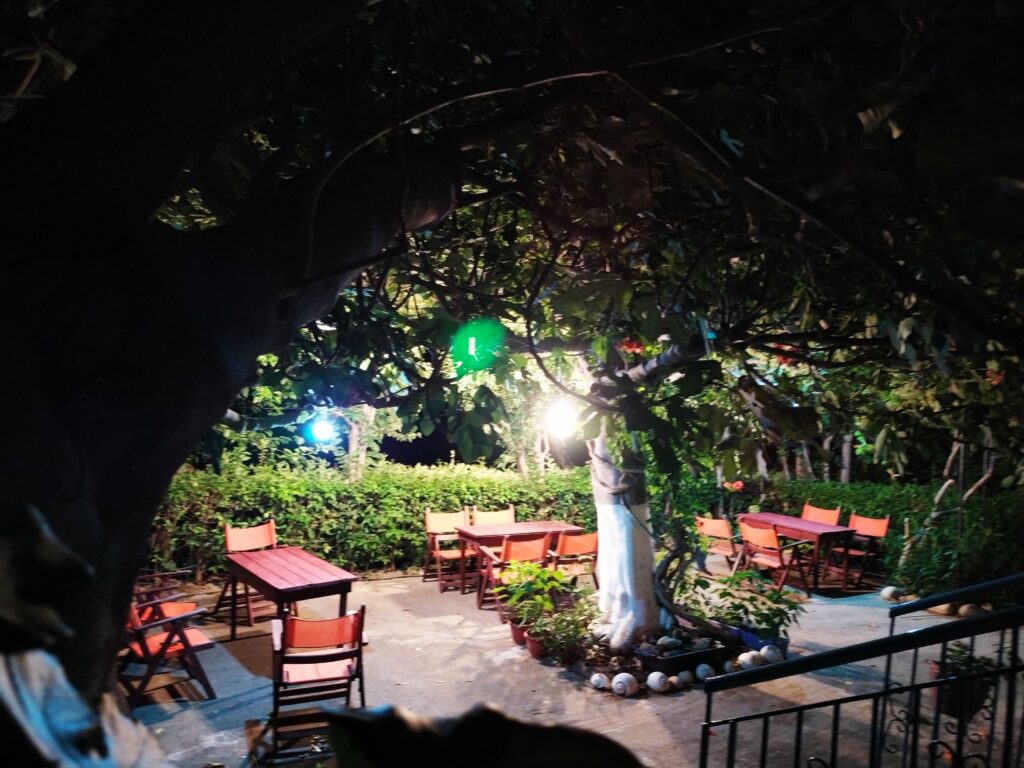
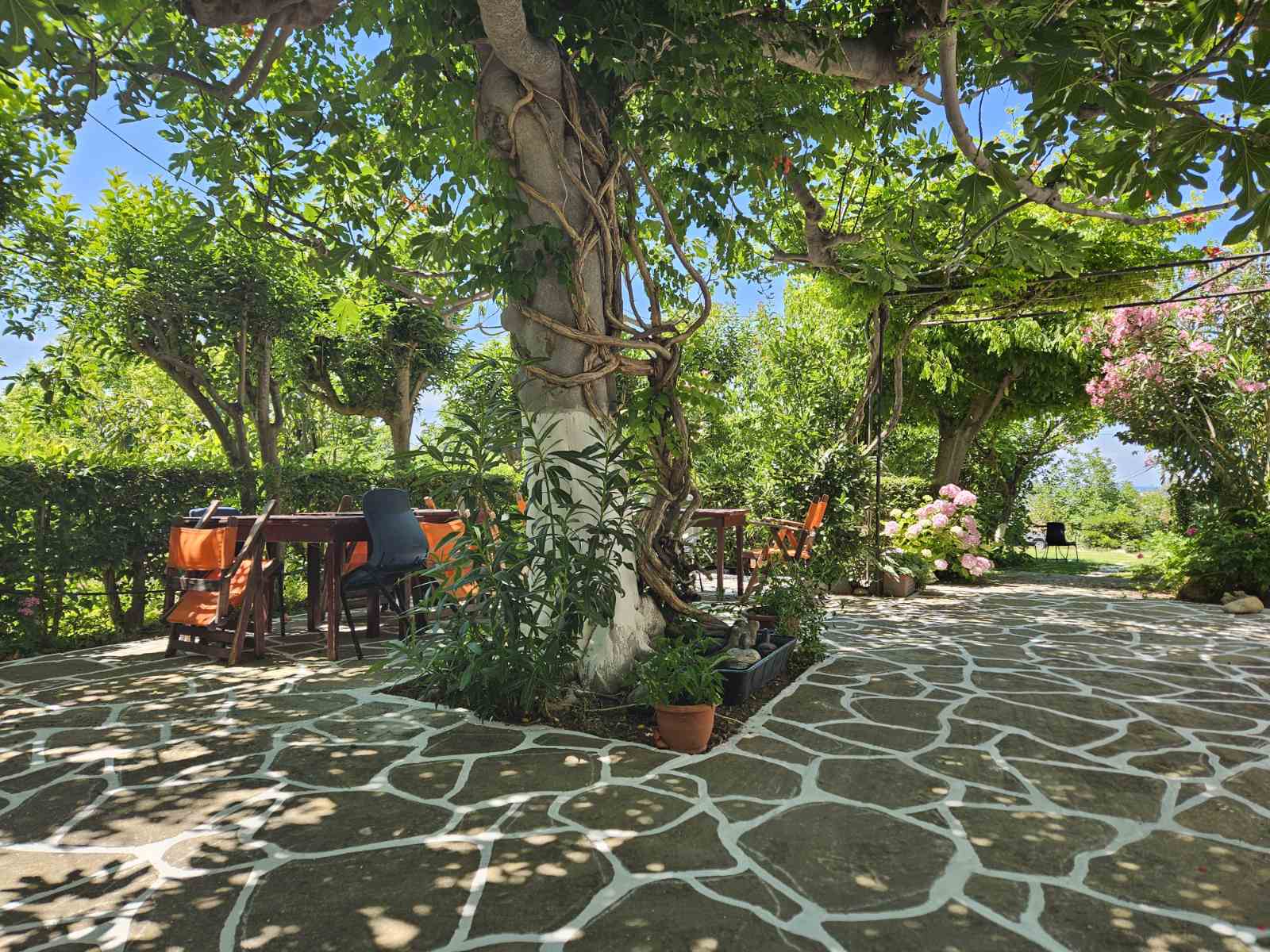
Get in Touch
Your feedback means the world to us at AIOLIS!
If you have a moment, we’d love for you to share your thoughts on
Google Reviews or TripAdvisor
to help future guests discover our island paradise.


Location
Kamariotissas-Samothrakis
PO: 68002
Samothrace – Greece
Reservation
+30 25510 41962
+30 6978052388
